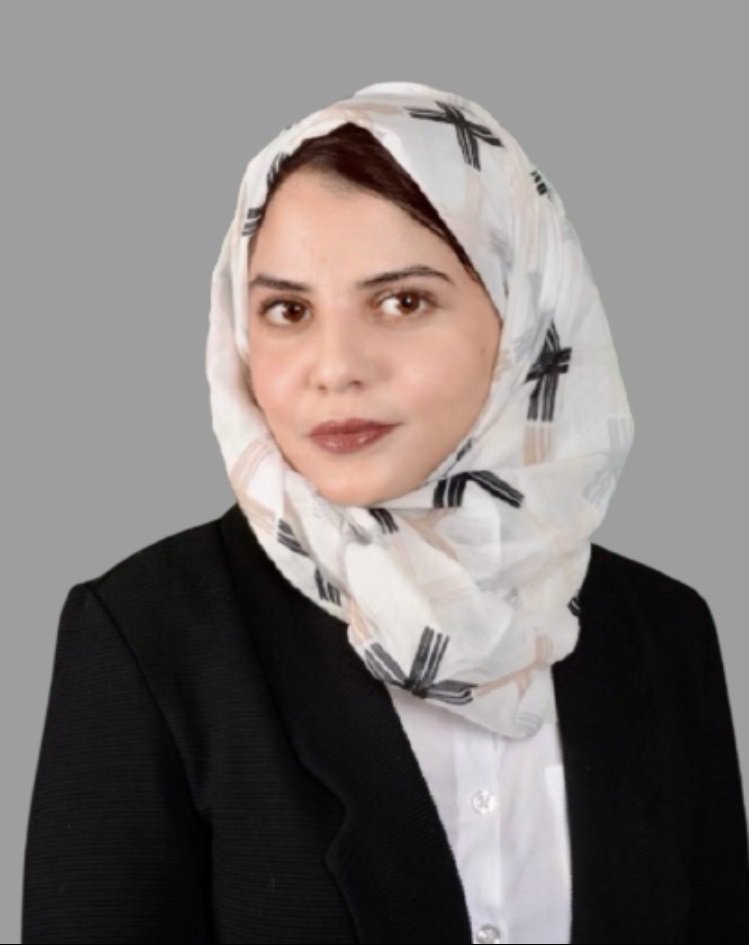Software
Ghada Zamzmi
Intelligent system for continuous monitoring, prompt detection, context-aware assessment, and early prediction of neonatal pain.

Latin America
Tomás Giovanetti
His video games help solve social problems such as bullying and transform corporate culture.

Latin America
Gerardo Sordo
Analyzing the real impact of influencers to connect them with brands to which they can add value through advertising.

Latin America
Verónica Silva
Her app connects expert tutors in all kinds of subjects with students who need support.

MENA
Kinda Altarbouch
Lableb is a search service platform that helps end-users reach what they are looking for and offer the right search results
